Hidden deep under the green canopy of Xuan Lien National Park are "warriors" who silently protect day and night, trying to bring the treasure of the great forest closer to us.
After many missed appointments, we finally joined the forest rangers at Xuan Lien National Park, Thuong Xuan District, Thanh Hoa Province to join the forest patrol journey, set animal camera traps to comprehensively assess biodiversity to serve the protection and conservation of the ecosystem of Xuan Lien National Park - one of the giant "green treasures" in Thanh Hoa.
Diverse, unique
Xuan Lien National Park is about 60 km west of Thanh Hoa city center, spread over many communes of Thuong Xuan district.
Although the National Park is very diverse and unique, the area rich in forests is concentrated in two communes, Bat Mot and Yen Nhan, bordering Laos, more than 60 km from the park's headquarters, making travel extremely difficult.
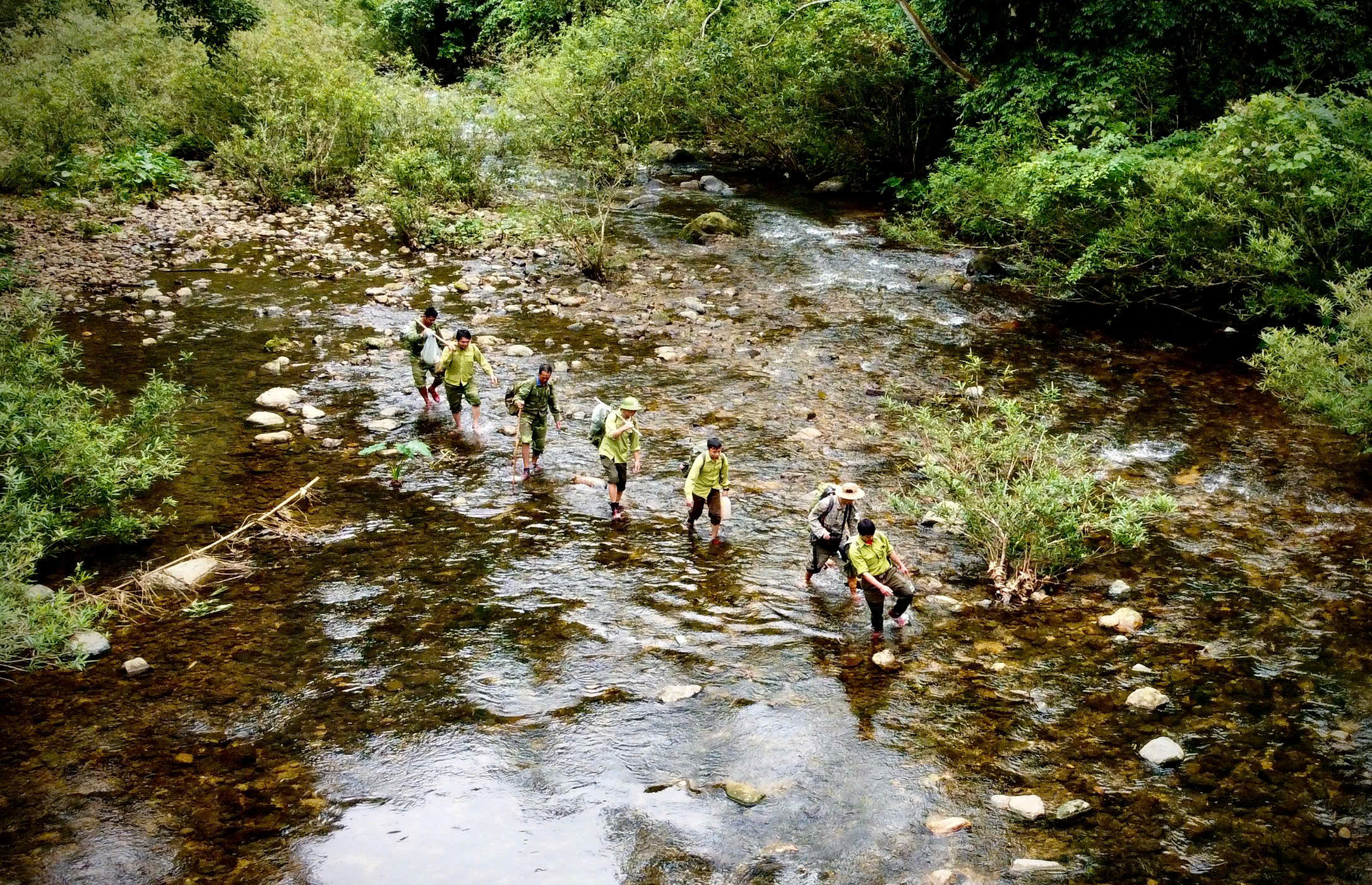
Journey through forests and wading through streams during a camera trap setting trip by reporters and the silent "warriors" of Xuan Lien National Park
To follow the camera trappers, we had to go to the Phong Village Forest Ranger Station (Bat Mot Commune) to stay overnight. The next morning, when the early morning mist was still covering the path and the village was still sleeping, Mr. Nguyen Mau Toan - an officer of Xuan Lien National Park - urged his brothers to set off. "The journey to the camera trap area deep in the forest, the road is full of climbing mountains, wading through streams, it takes half a day to get there. Therefore, we have to leave very early" - Mr. Toan said.
On this trip to the forest, in addition to Mr. Toan, a camera trap expert, our group of reporters also included 5 people from the Phong village forest protection team. The luggage we brought along included specialized camera traps, rice, dried fish, meat, instant noodles, pots and pans, medicine... enough for a group of about 8-10 people to eat and stay for about a week in the deep forest.
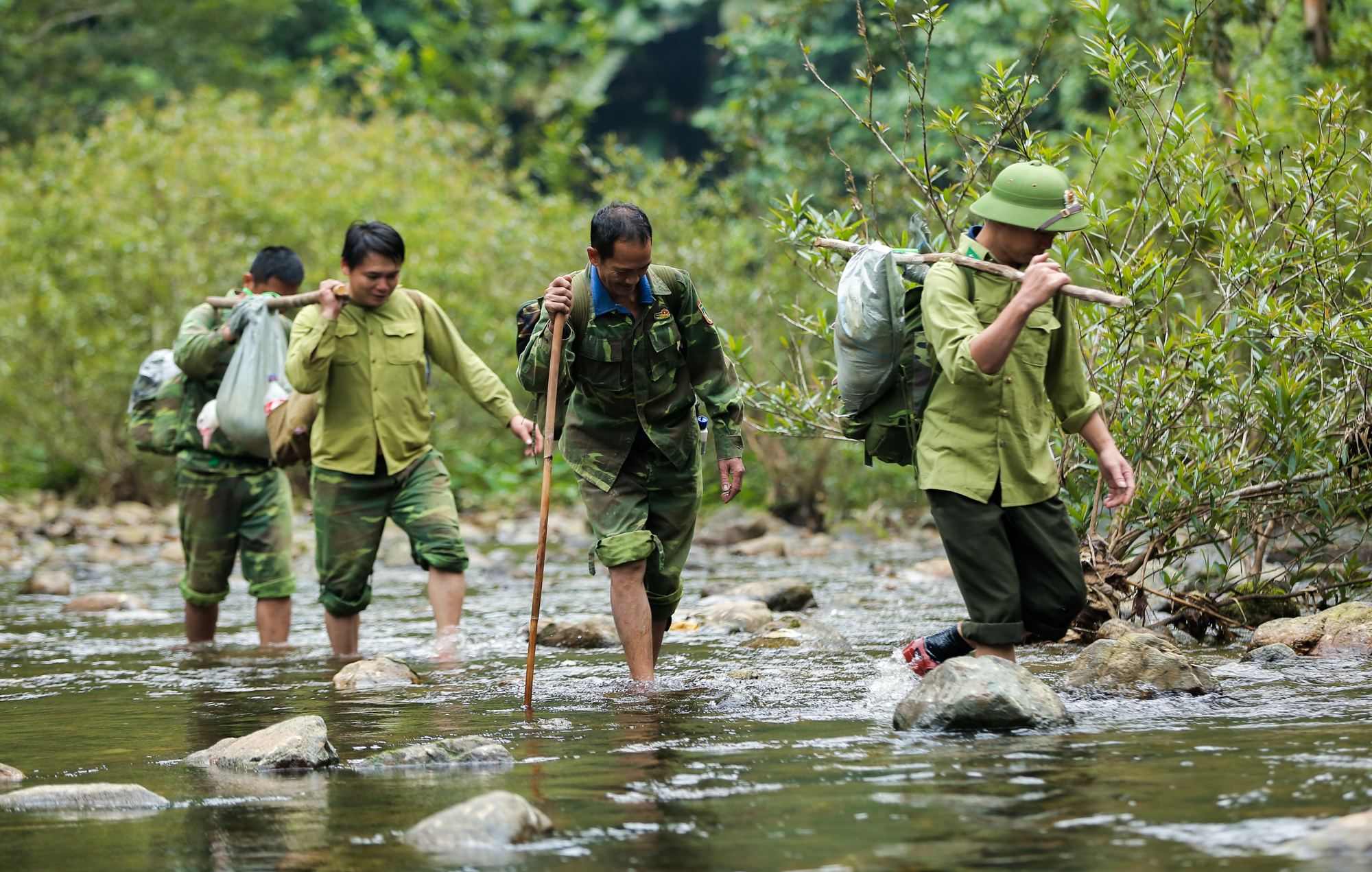
After being taken to the edge of the forest by the brothers at the Phong Village Forest Ranger Station, our journey through the forest and wading through streams to find traces of wild animals began. Only by directly participating with the "warriors" in the middle of the forest can we see their silent sacrifice. In the middle of the immense mountains and forests, the group climbed steep slopes winding around the hills, and waded through rocky streams. The journey repeated itself over and over again on increasingly dangerous and long roads.
The deeper we went into the jungle, the more we lost sight of the trails, and everything in front of us was covered with trees. Some people used knives to cut trees to find a path, others used GPS devices to find the way. Fortunately, this trip was full of experienced people, so after many hours of groping under the forest canopy, the group finally reached their campsite, a small house with a corrugated iron roof, precariously perched on the edge of a stream.
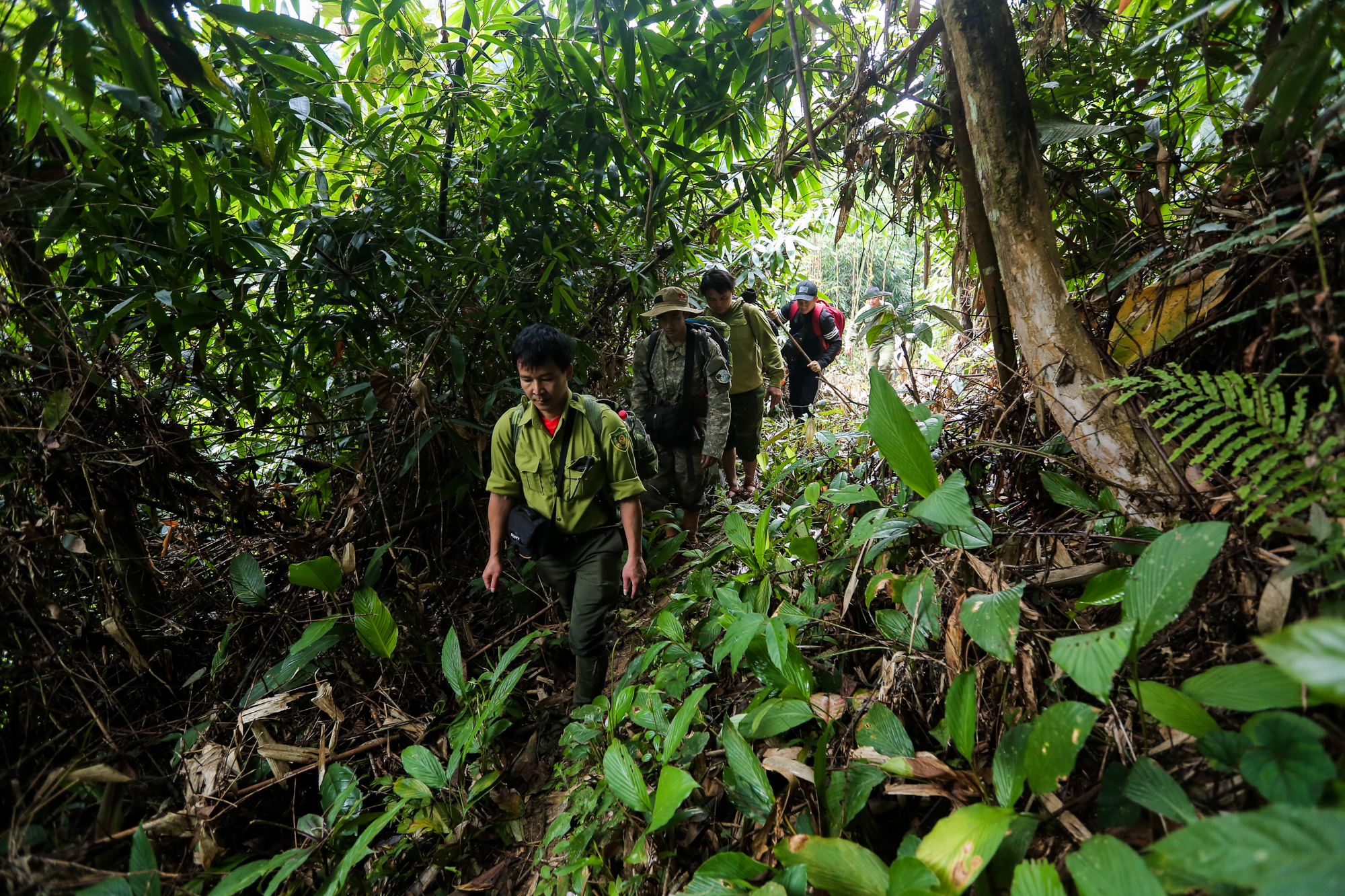
Without anyone telling anyone, each person had a job. Some prepared food for the group. Some checked the machines. Some looked around to listen and grasp the situation. According to Toan, the stop area was near the stream, convenient for resting, eating, and bathing.
"We have carefully surveyed this place because it is located in the center of the core zone of Xuan Lien National Park, where few people visit, and will be a place where many animals frequently pass by. Moving camera traps and other guard posts is also convenient," said Mr. Toan.
Animal photo hunter
Having just lowered his backpack weighing tens of kilograms carrying personal belongings and 30 camera traps, Mr. Lau A Ky (born in 1996, from Lao Cai province), a camera trap expert at the Center for Nature Conservation and Development (CCD), immediately got to work.
First, he waded along the stream, then up the mountainside, carefully searching for traces and trails to determine where to set camera traps. On this trip, Mr. Ky planned to stay in the forest for 10 days to complete the installation of 30 camera traps. In addition to him, another group set 55 camera traps in many locations.
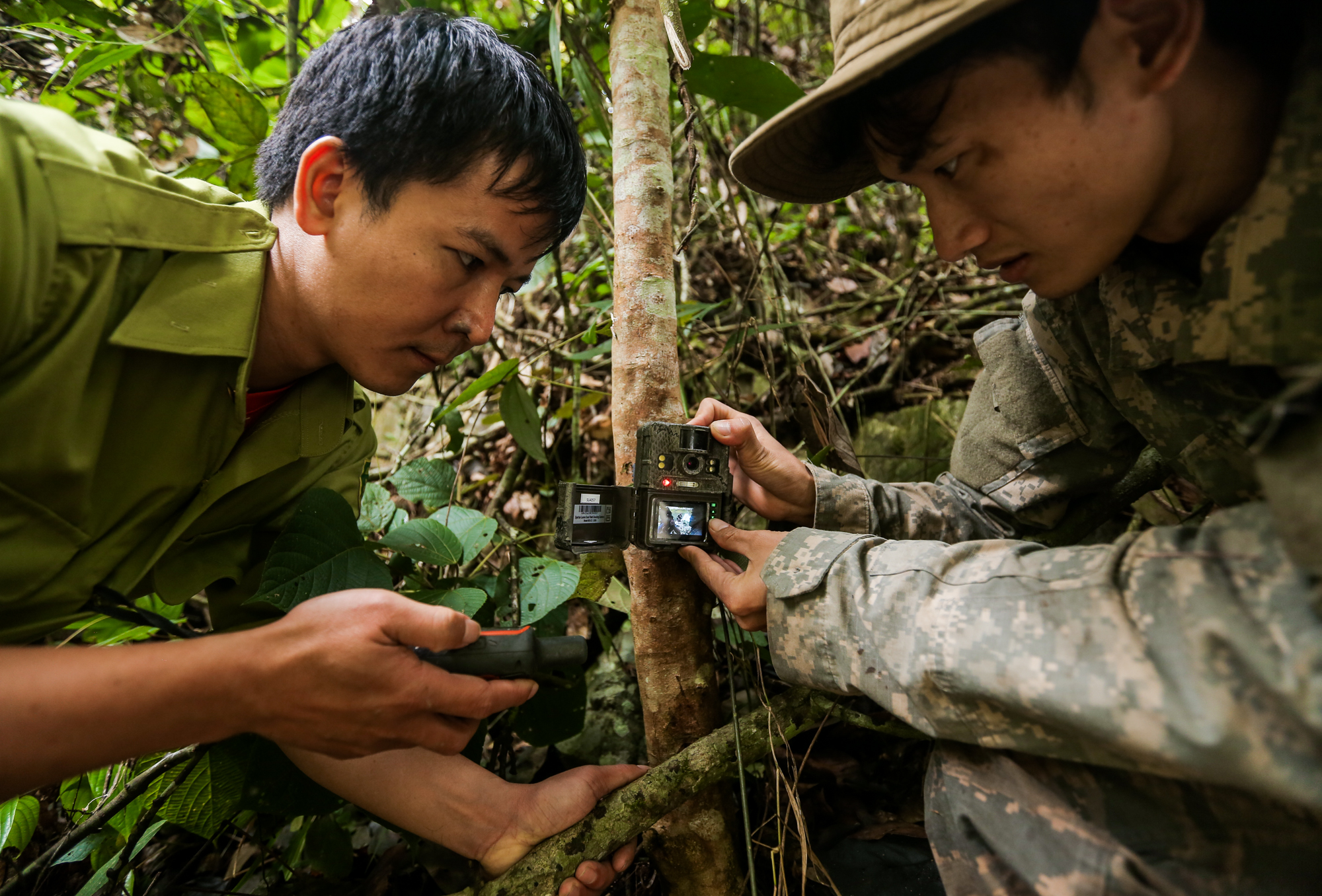
Xuan Lien National Park authorities set up camera traps
According to Mr. Ky, setting camera traps is not an easy task, because they are often in difficult and dangerous locations. To get the best results from setting traps, you must patrol the forest, record the field, and identify locations that may be frequented by animals. Once you have surveyed carefully, then set the traps. Detecting trails, footprints, animal droppings, or crab and snail shells... is very important, deciding the success or failure of setting camera traps.
Camera traps are usually placed in fixed locations, possibly near streams, on trees or in rock crevices depending on the habits and habitat of each species. However, according to Mr. Ky, the space for setting the trap must be airy, avoiding direct sunlight so that the photos are not glaring. During the process of setting the trap, trees must be cleared so that the camera can capture many moments. Because after setting the trap for about 2-3 months, the unit will return to collect the results.
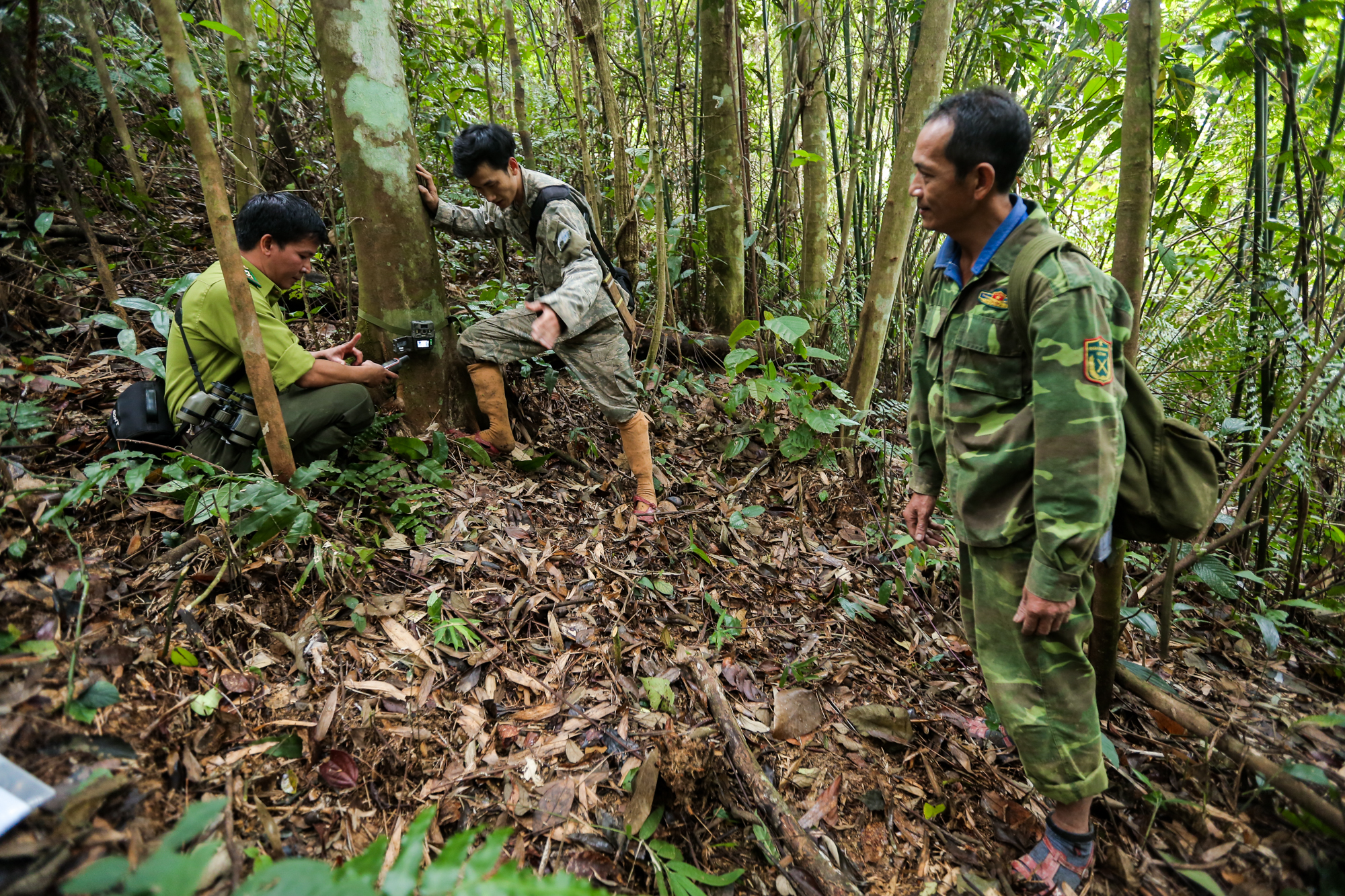
Although he is young, Mr. Ky has been working in camera trapping for 5 years. He said he has tracked wild animal footprints in almost all national parks and conservation areas in Vietnam. Each place has its own difficulties and the common point is working deep in the forest, the living conditions are extremely difficult. However, for him, Xuan Lien National Park is a place that has left him with many interesting things.
"I have been to national parks such as Cat Tien ( Dong Nai ), Vu Quang (Ha Tinh), Cuc Phuong (Ninh Binh), Ben En (Thanh Hoa)... but no place is as impressive as Xuan Lien with a very unique and diverse forest ecosystem, many areas have almost never been encroached by humans. This is also a huge challenge for us, because the roads are difficult, the mountains are high, many rivers and streams separate, but it has great significance for setting camera traps, because the fewer people visit, the more animals live" - Mr. Ky said.
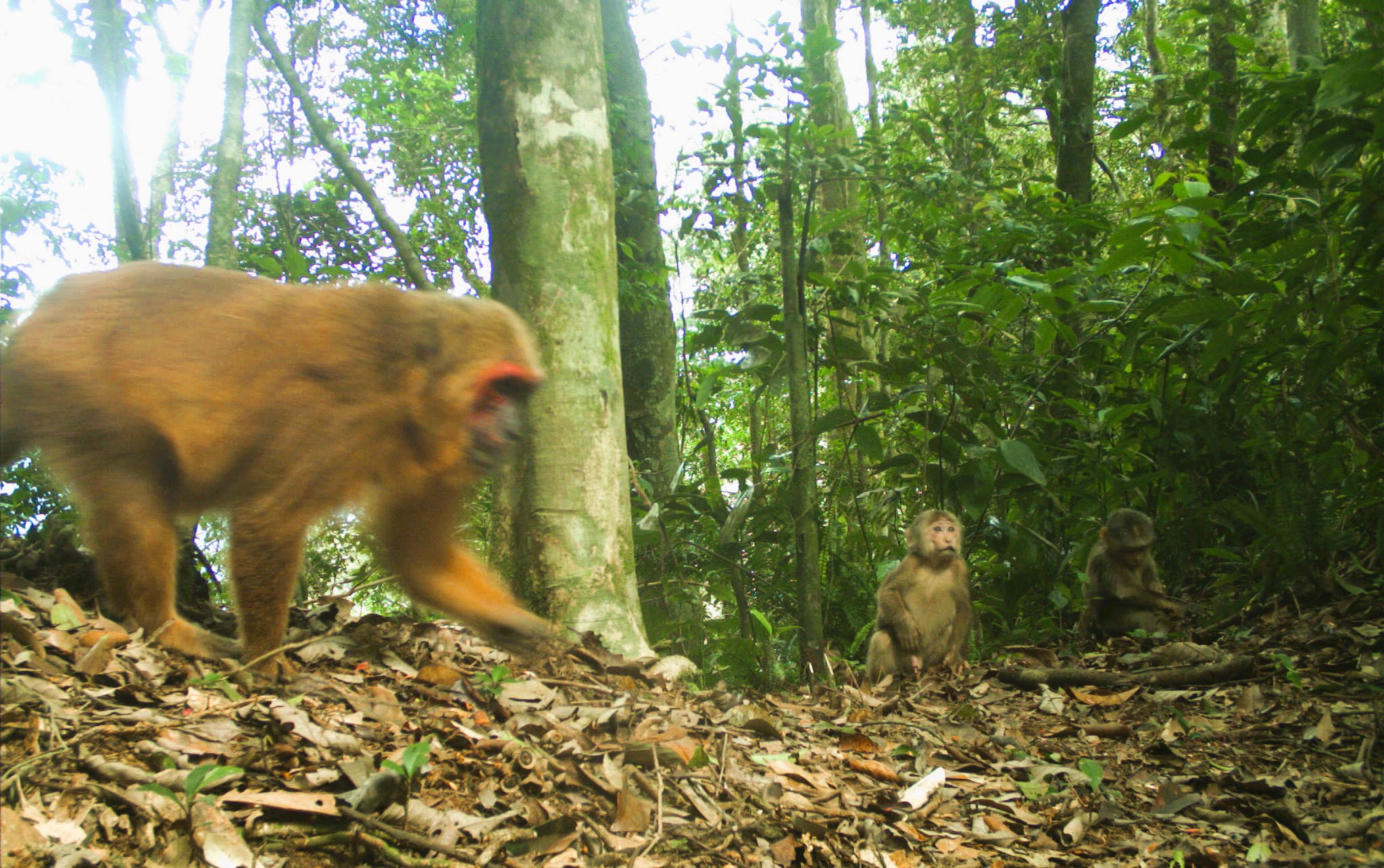
Animals recorded through camera traps
This is the second time Mr. Ky has participated in setting camera traps at Xuan Lien National Park. The first time was in 2022, when the unit set 37 traps. This year, the number of camera traps will be larger than 85, in many different locations.
"In 2022, we captured images of the fauna here. Through camera traps, we recorded many rare animals living there such as: muntjac, palm civet, pheasant, serow, chicken, red-faced monkey, gray langur, loris... This shows that the ecosystem in Xuan Lien is very diverse. These are very valuable footages for the conservation and protection of biodiversity" - Mr. Ky shared.
According to Mr. Nguyen Mau Toan, through field investigation in Xuan Lien, it was recorded that there are many white-cheeked gibbons (a rare primate, listed in the Red Book) living there. However, the specific number of herds and total number of individuals have not been recorded. After having recorded images, we determined that in Xuan Lien there are at least about 64 herds of white-cheeked gibbons, with about 180 individuals and it is the place with the largest population of white-cheeked gibbons in Vietnam" - Mr. Toan excitedly said.
Heavy debt to the forest
In 16 years of working in the forest, Nguyen Mau Toan can't remember how many times he has slept in the forest. There were times when he faced danger, but for him, each trip was an unforgettable experience. He said that if he didn't love the forest and nature, it would be difficult to stick with this job until now.
"Xuan Lien forest is extremely dangerous. Once deep in the forest, the whole world remains behind the canopy. Only the brothers in the group take care of each other until they complete the mission and get out of the forest safely," Toan shared.
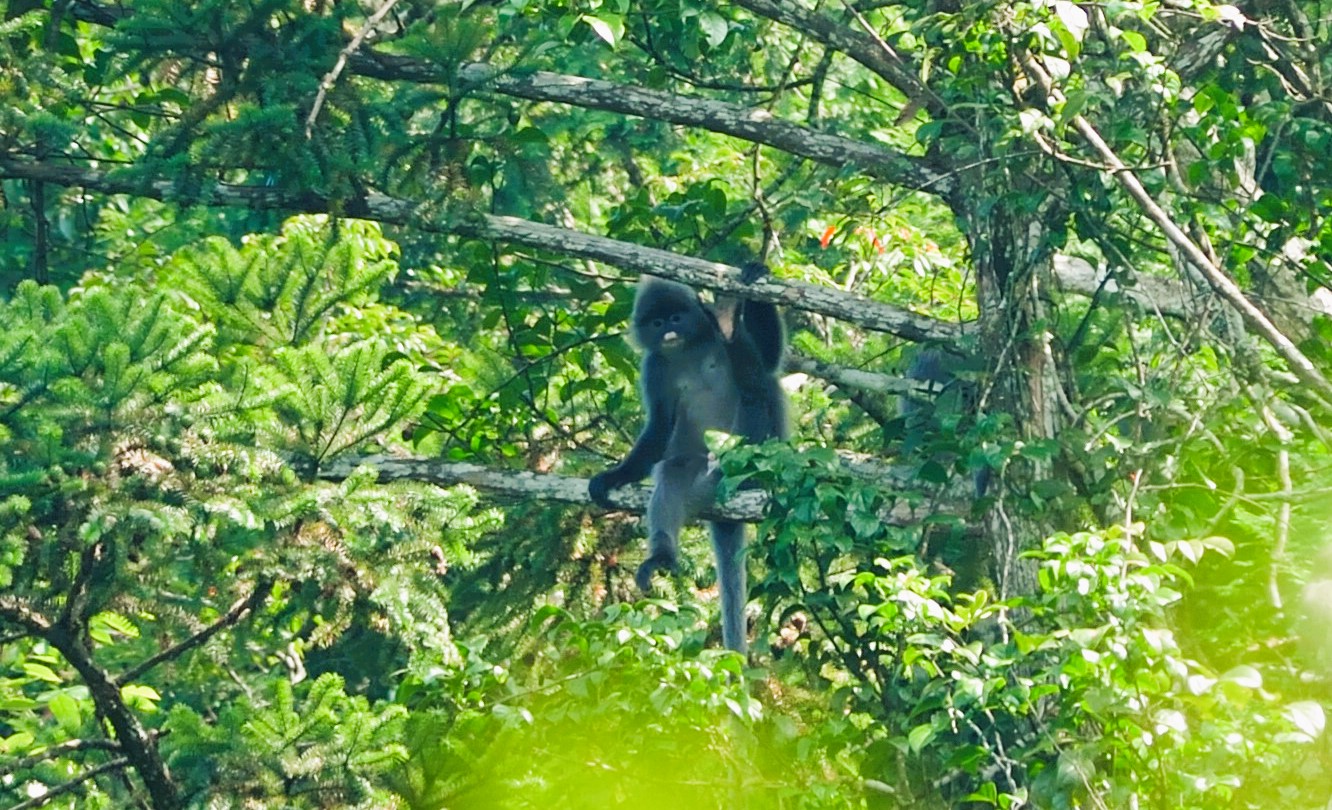
As a member of the forest protection team, Lang Van Nui (born in 1980, residing in Bat Mot commune) said that there were times when they had to patrol the forest and encounter heavy rains, the stream water rose high, they could not leave the forest, food was exhausted, and there was no communication with the outside world. At that time, they had to move on their own, searching for trees and fruits in the forest to improve their daily meals. Because they were born in the forest and grew up in the forest, especially through each trip, their survival skills were refined. Therefore, despite many difficult trips and dangers, they overcame them.
Participating in the forest protection team since its inception, Mr. Lang Van Cuong (born in 1973, residing in Bat Mot commune) is one of the core members. In addition to checking, detecting and promptly preventing forest encroachment, he also actively helps the forest rangers in setting camera traps. Thanks to his familiarity with the terrain and mountains, he has found many traces of animals, helping to set camera traps successfully, capturing many valuable films.
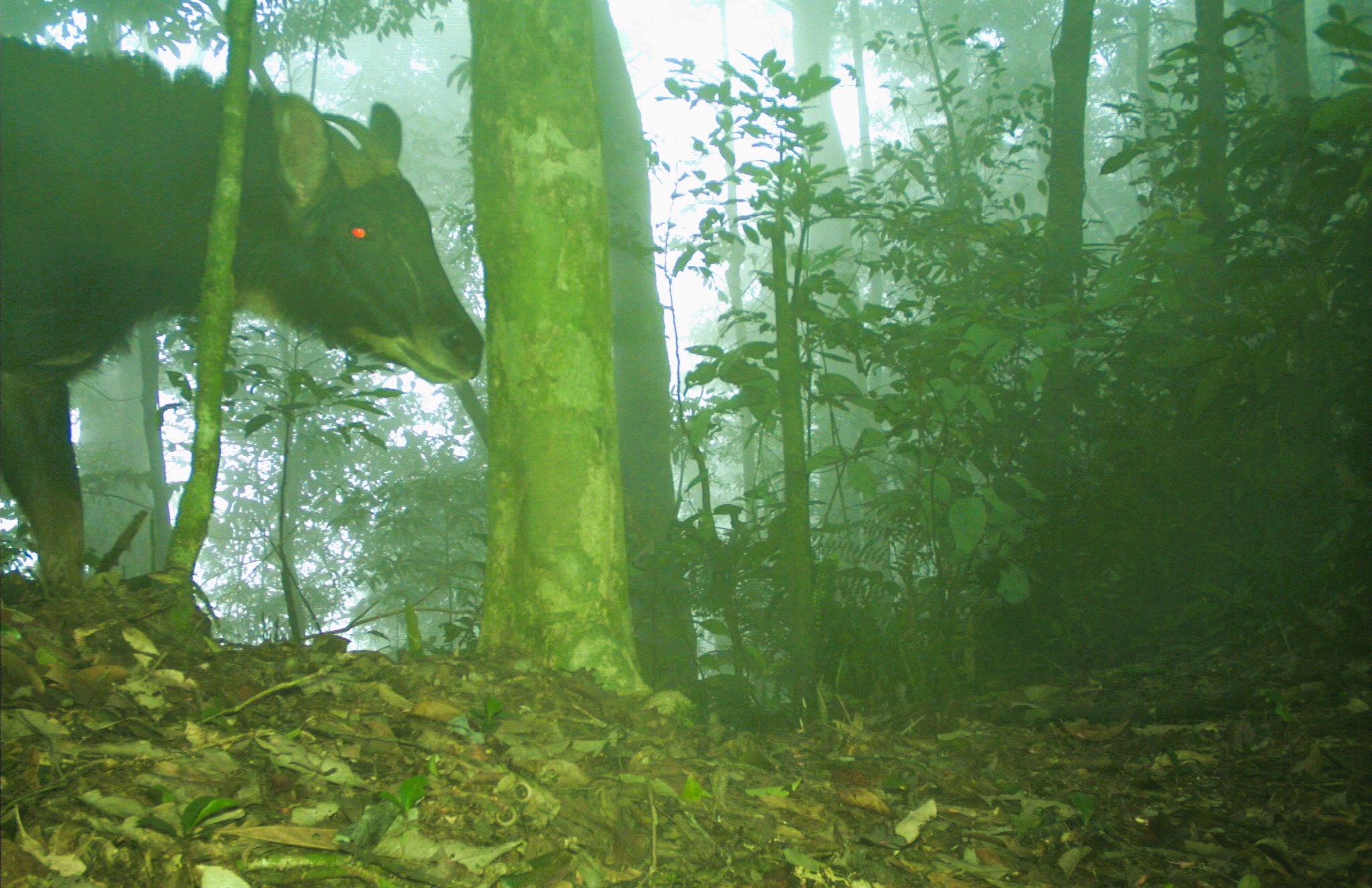
Mr. Cuong said that in the past, the village lived off the forest, and he also participated in clearing the forest for farming, cutting down forest timber for sale, and hunting wild animals. However, since joining the forestry team, he has seen the great significance of protecting the forest, and has enthusiastically participated.
"I feel I have a responsibility to protect the remaining forests in Xuan Lien, because of what I and many people in the village have done to the forest," Mr. Cuong confided.
Recorded 5 civet species in the Red Book
According to the report of Xuan Lien National Park, through field surveys and camera traps, in addition to recording the diversity of the fauna here, the authorities also determined that Xuan Lien has the distribution and habitat of 5 civet species listed in the Vietnam Red Book, including: northern striped civet, mottled civet, fragrant civet, crab hook and mottled civet.
From the above results, in order to protect rare civet species, Xuan Lien National Park is promoting propaganda and raising awareness for the community and local authorities in 11 buffer villages about civet conservation. At the same time, building survey routes in the field, habitats, to build a database of maps on the population, distribution and habitat of species in the civet family.
Source: https://nld.com.vn/theo-chan-doi-bay-anh-thu-rung-196250329212438729.htm



![[Photo] More than 17,000 candidates participate in the 2025 SPT Competency Assessment Test of Hanoi National University of Education](https://vphoto.vietnam.vn/thumb/1200x675/vietnam/resource/IMAGE/2025/5/17/e538d9a1636c407cbb211b314e6303fd)
![[Photo] General Secretary To Lam visits exhibition of achievements in private economic development](https://vphoto.vietnam.vn/thumb/1200x675/vietnam/resource/IMAGE/2025/5/18/1809dc545f214a86911fe2d2d0fde2e8)
![[Photo] National conference to disseminate and implement Resolution No. 66-NQ/TW and Resolution No. 68-NQ/TW of the Politburo](https://vphoto.vietnam.vn/thumb/1200x675/vietnam/resource/IMAGE/2025/5/18/adf666b9303a4213998b395b05234b6a)


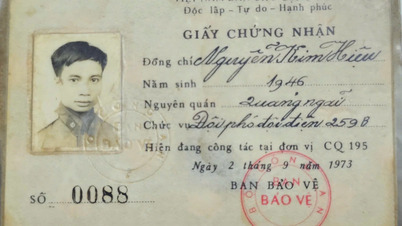





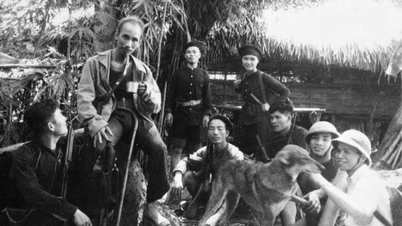


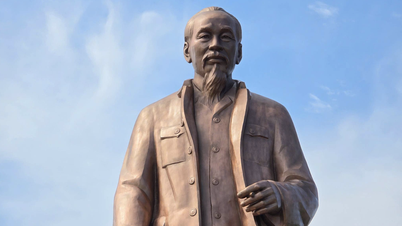










![[Photo] Prime Minister Pham Minh Chinh chairs meeting on science and technology development](https://vphoto.vietnam.vn/thumb/1200x675/vietnam/resource/IMAGE/2025/5/17/ae80dd74c384439789b12013c738a045)
































































Comment (0)